Lighting is something we all very much take for granted. However, when it comes to making preparations for any survival or emergency type situation, survival lighting isn’t generally placed very high up on the list of priorities, surprising when you consider that half our lives are guaranteed to be spent in darkness!
Make no mistake about it. Lighting is extremely important to survival.
It is integral for our state of mind as it helps to eliminate some of the insecurities and fears that complete darkness can bring. The human psyche is fragile and light plays an important part in keeping paranoia in check.
Not only does light make us feel safer and more secure it also enables us to operate outside the hours of daylight, which takes on even greater importance during the winter months when the nights are much longer.
Preparations for emergency lighting can differ depending upon what type of situation is being planned for.
Planning to deal specifically with a short term power outage at home will be totally different to that required to live completely off grid in the wilderness, or when facing an ‘end of the world as we know it’ (TEOTWAWKI) total grid down, “the lights are never coming back on” type scenario.
Knowing how and where to start covering the topic of survival lighting, so every realistic option gets covered (we’re going to leave out Neolithic torches for now), and every eventuality catered for, is best done chronologically.
So it is probably wise to start by covering what you should be carrying with you all the time as part of your everyday carry gear.
Personal Everyday Emergency Lighting
Items referred to as everyday carry (EDC) are items that are carried all the time. They are often concealed but easily accessible. When necessary, they will quickly provide protection, security, and peace of mind should you ever find yourself in a situation that requires their use.
EDC Flashlight
One item that should be a definite in everyone’s EDC gear is a flashlight.
An EDC flashlight will be carried all day everyday so needs to be ultra-portable, and extremely lightweight, although neither of these requirements should be at the expense of operational performance.
Whatever flashlight you take a shine to, no pun intended, it should be at least 100 Lumen bright; this is enough light to get you out of most situations, but the brighter the flashlight the better.
Because of their small size, most EDC flashlights will only use batteries as a power source.
Replaceable traditional alkaline batteries (AAA, AA, C, and D Cells) are generally used, although it is definitely worth investing a little more and buy CR123 lithium high output batteries, or 18650, and 14500 rechargeable lithium-ion batteries; all of which last a lot longer than your standard alkaline battery.

There a few options when it comes to selecting an EDC flashlight. One that most people are aware of, or may already have, is a key chain flashlight. These little flashlights are ideal for certain small lighting jobs such as inserting your key into a lock but most are not great for lighting anything at more than a few feet away.
Compact flashlights are way more suitable for everyday carry and can be easily kept in your pocket, stored in a purse, or attached to a belt.
For those who want to be top of the light prepared tree, a tactical EDC Flashlight similar to those used by the police and the military would be the EDC flashlight of choice and are readily available, you can check out a post of ours that highlights what makes a good flashlight and offers an insight into some of the Best EDC Flashlights currently available.
Emergency Lighting Options for Your Home
Okay, so your EDC flashlight has helped get you home but when you arrive you find that the power outage isn’t only affecting where you’ve just come from. Your whole neighborhood is in darkness too, including your home.
Thankfully you have your EDC flashlight with you so you are able to safely find your way to your front door and get in. You are also able to get around your home without too many issues. However you really need to be preserving the battery life of your little flashlight, and in all honesty, useful as it has been getting you this far, it really isn’t suitable for lighting a home.
Your next step is to consider emergency lighting options for your home, but before that, imagine the following.
In an ideal world, you would have found your home still bathed in light while your neighbors are all in darkness, how would that be possible?
Obviously, the best solution to counter any power outage, long or short term, is to be able to create your own electricity. The most effective way of doing so is to have a standby diesel generator wired into your home electrical circuits, ready to automatically kick in within seconds of the power grid going down.
As long as you ensure you’ve got a good supply of fuel stored, there is no reason why you should ever be without power throughout the duration of any power outage you’ll experience during your lifetime.
Unfortunately, as beneficial as a standby generator would be, most people can’t afford the level of investment required to purchase a generator large enough to power a home. Thinking a little less grandiose is probably much more practical.
Candles
Candles are definitely the most primitive of lighting options we’ll be covering here. Candles are effective providers of light, albeit ambient, they’re widely available, and are very affordable. The most affordable candles tend to be made with paraffin wax, but bees wax and soy wax candles are also available.
You can also find candles that have been specifically designed to burn longer and brighter, these types of survival candles are more expensive of course, but may be worth having in the long run.
The main problem with relying on candles as a main light source is that they don’t provide bright enough light and they also pose a significant fire risk, especially in homes with young children, dogs, and cats.
However, you can always make candles safer by enclosing them in glass holders which will also increase the brightness of a candle to a certain degree.
Candles are okay, but should really only be used as a back up to…
Kerosene Lanterns and Other Types of Fueled Lamps
The most effective method of lighting your home, particularly when the grid goes down is with a good kerosene lantern, or several of them to be more precise.
Oil burning lanterns have been used to light homes for hundreds of years and the traditional oil lantern shape is still used today.
There have been many improvements to both the functionality of lanterns and the efficiency of fuels over the years and as a result of those improvements lanterns burn brighter and longer than ever before and are much safer to use.
As good as these lanterns are, there are a few downsides that you need to be aware of.
- Lanterns require regular maintenance to keep them in good shape.
- A good store of fuel and wicks will be required for emergency situations.
- All fuel will be highly flammable, so safe storage practices are essential.
- Kerosene and other lantern fuels have a shelf life; adding fuel stabilizers will lengthen this but not indefinitely.
- Lanterns can get very hot, which can also be an advantage in colder conditions.
There is no escaping the fact that kerosene and other oil burning lanterns create light by burning flammable fuels, some of which are more volatile than others.
Even though that is the case, kerosene lanterns and the like are still the preferred choice of emergency lighting for the vast majority of people because they are relatively cheap to buy and, when well maintained, are very reliable.
There is a wide range of lanterns from which to choose.
Some are designed to only use specific fuels whilst others will burn almost anything from canola oil to diesel, which can be extremely beneficial should standard lantern fuels become more difficult to attain.
As with most other things, better quality lanterns will be more expensive but you will definitely get what you pay for in performance and longevity. Stick to brands like Coleman, Dietz, Feuerhand, and WT Kirkman, and you won’t go far wrong.
However, that isn’t to say there is anything wrong with buying cheaper lanterns from Wal-Mart, just don’t expect them to perform as well or last as long as the lanterns from the brand names previously mentioned.
Household Flashlights
We’ve already highlighted that EDC flashlights are not suitable for continuous use at home, but that doesn’t mean a flashlight is of no use.
Even if you have lanterns already lighting up your home, you should always avoid moving around with them if you can avoid doing so. It will minimize any fire risk. The easiest way to do that is to ensure you have a powerful household flashlight instead.
Generally, larger, brighter, flashlights are the best choice for home use. There is no need to worry about the portability of a household flashlight as it is primarily for use in the home or for patrolling any grounds around a property.
On the whole, large flashlights tend to use batteries, so you will need to ensure you have a pretty good supply of them stored away.
Time Passes and Still No Power! What Now?
Weeks have passed by and, for whatever reason; the power still has not come back on.
Thanks to your stash of kerosene and batteries you have not been without light throughout the entire power outage.
However, you’re down to your last few ounces of lantern fuel and you only have a couple of batteries remaining.
What will you do when they’re gone?
No need to panic. If you’ve been smart enough you’ll have prepared for just such an eventuality.
There are a couple of alternative lighting options that do not require fuel or batteries in order to function.
These options can of course be used right from the start of any power outage but will certainly come into their own when fuels and batteries are gone, or in extremely short supply and difficult to find.
Hand Crank Lanterns and Flashlights
Hand crank lanterns are charged by turning a handle that is usually attached to the top or side of the lantern.
The turning of this handle cranks an internal dynamo type generator creating electrical power which can be used either immediately, or stored, ready to power the LED lantern whenever needed.
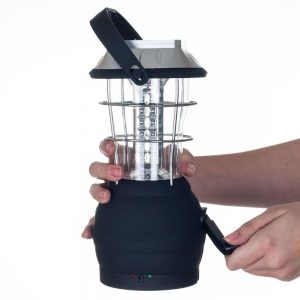
There are hundreds of different hand crank LED lanterns available but very few offer exceptional reliability and performance, so choosing the right make and model is extremely important.
There are many preppers that dismiss the benefits of hand crank powered items, believing they are nothing more than novelty items, fragile and next to useless in the performance stakes, in all fairness, in more than a few cases they probably have a point.
Without a doubt, some hand crank lanterns and flashlights are pretty darn useless and are more effort to use than they are worth. However, that isn’t the case with all of them!

It’s not only hand crank lanterns you should be considering either; you should also look to stock up on some hand crank flashlights.
Generally, hand crank flashlights are very affordable and are ideal for young children to carry with them as personal flashlights. They are very safe to use and often come in bright colors that children really like.
Children love playing with flashlights and with a hand cranked version they have the added interest of creating the light themselves without wasting any valuable batteries!
Solar Lanterns and Flashlights
Another option is to harness the power of the sun to charge and power your lanterns and flashlights. As with hand crank lanterns there are good and there are bad solar lanterns and flashlights.

Although there are a few exceptional lanterns available that are purely solar powered they will only ever be as good as the level of sunshine available. Which is why it is always a good idea to look at combo lanterns instead.
Combo lanterns offer both hand crank and solar charging options instead of just one or the other, the ultimate in off grid lighting. Plus most will have the option to be charged normally, so they can be used just like any other electrical or battery powered lantern.
Solar flashlights are another personal lighting option you could consider.
Again, there are quite a lot of these that really aren’t fit for purpose, but there are definitely exceptions as you’ll find out by checking out our post about the best solar flashlights currently available. The efficiency of solar panels is constantly improving, this also means solar powered lanterns and flashlights are improving also.
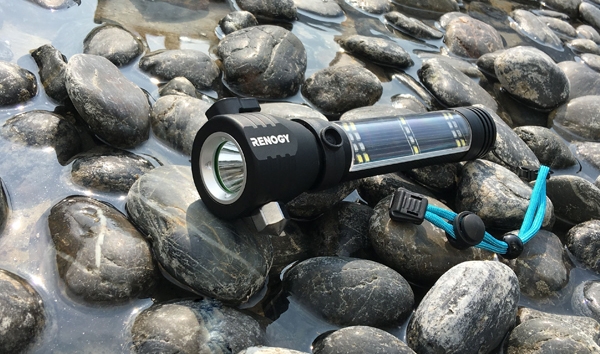
SHTF Lighting for Bugging Out
Okay, so you’ve been held up in your home for some time now and there is no sign of the power supply coming on any time soon. Things are also getting a little dangerous around your city and neighborhood.
There is an increasing breakdown in civil order, and food and water is in short supply. There are frequent riots and constant looting.
The time has come to leave your home and find somewhere that is much safer to stay where you can ride out the storm.
What you will take with you will very much depend upon how you’re going to be travelling.
With regards to lighting, if you are going to be travelling in a vehicle, pretty much everything we’ve covered above would be good to go.
However, if you have to leave on foot, then smaller and lighter hand crank and solar powered lanterns as well as your EDC flashlight are your best options.
There are also a couple of other lighting options that could potentially be worth considering if you have to bug out on foot.
Headlamps
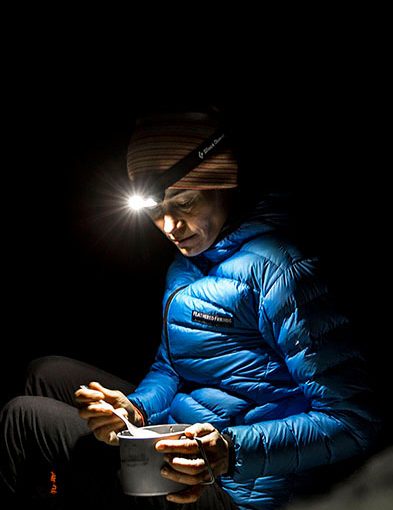
have also become extremely useful to hunters, preppers, hikers, runners, and cyclists; basically anyone who needs light whilst on the move but who will also need to have both hands free to do other things.
Because of their small size the biggest downside with headlamps is that they either need batteries to power them or will require regular re-charging.
This might not be too much of an issue though.
Re-charging can be done using a solar charging unit or possibly even a hand crank generator if access to regular power sources is not an option.
So you shouldn’t ignore headlamps as they are certainly a viable option.
Chemical lights
Chemical lights are frequently referred to as emergency light sticks or glow rods. They are very safe to use because they do not generate heat or have a naked flame and are therefore not a fire hazard. They are also completely waterproof.
Using a chemical light stick couldn’t be easier.
Simply bend them slightly until you hear a snap at which point a chemical reaction occurs inside the sealed plastic tube.
This process is called chemiluminescence; and it produces a surprisingly bright light.
Chemical lights are a true emergency light used by emergency services and militaries throughout the world.
Unfortunately, they are a single use light source so should only be used as a last resort.
They only provide light while the chemical reaction is in process, which isn’t for very long in most cases.
However, there are Chemlights that have been made specifically for professional use that can last up to 12 hours once activated.
As well as having the unfortunate downside of only being able to be used once, chemical lightsticks once activated can not be de-activated. This means if you need to quickly hide the light you have no option but to cover it.
Conclusion
Hopefully you are now aware of just how important lighting is during an emergency and will therefore take the necessary steps to ensure you and your family are never left in the dark.
We have covered most of the off grid lighting options available to you; from the tried and tested kerosene lantern to the relatively modern chemical light. Each option offers something different and fills a different need.
If you are going to try and put together the ultimate survival lighting plan that will cover all the bases and any eventuality then you’ll probably need to have pretty much every option we’ve covered above. If that’s not possible and you’re unable to do that for whatever reason, then you will need to prioritize your lighting needs and cut your cloth accordingly.



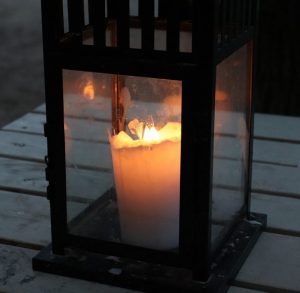
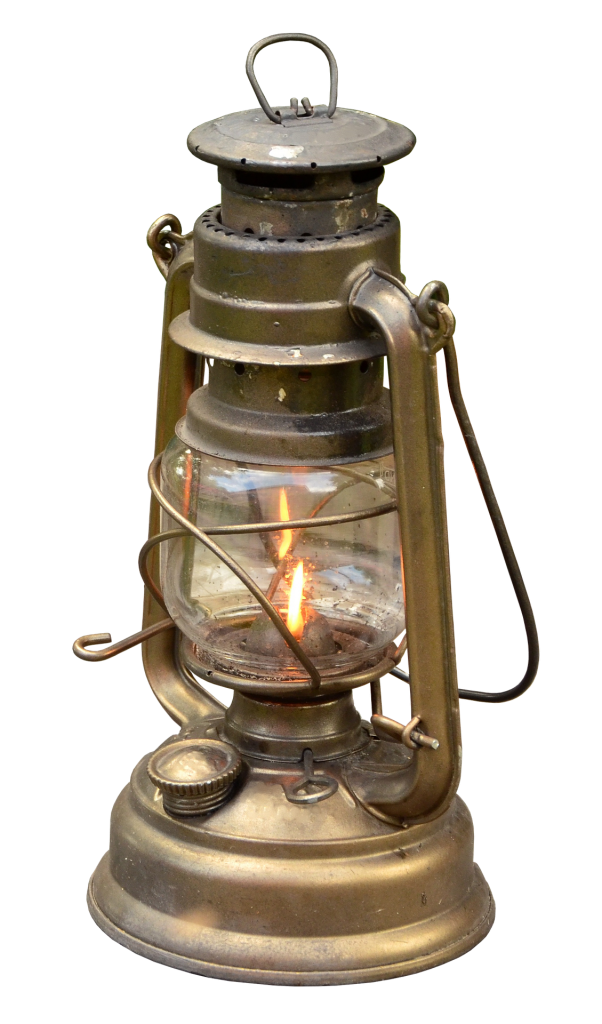
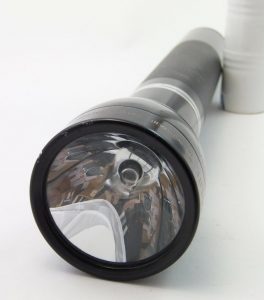
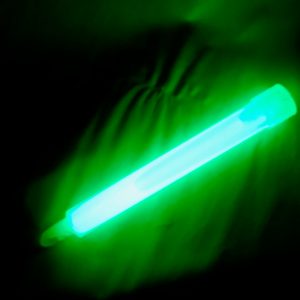
Good job,very well done.There is something about the flickering flame of a candle that is calming and
soothing.Kind of a morale booster in bad times
Can’t agree more. However, as the wife likes to remind me, for most purposes, the light from a candle is a little too dim, like me!
LOL. Wives are all sisters you know.
instead of kerosene lanterns for home interior usage – I’d advise kerosene lamps – no need for the durability or weather elements protection of a lantern – better overall lumination and appearance for normal time display …
temporary strung 12V lighting should be considered – low wattage transformered Christmas “twinkle lites” make good guidance lighting for moving thru a dark home ….
Strings of 12V lights for guidance lighting is a great idea. I should have added that one to my post. Thanks
I continue to read about how candles are so dangerous. Either purchase or make candle lanterns that provide safety from fire if they are overturned. Kerosene lanterns are really about the most dangerous you can have because of the fluid fuel required. Purchasing long burning candles can be made at various dollar type stores. An example is 6 – 5 hour burning tapers for $1.
ANY light or heat source that has a naked flame is dangerous, there is always going to be a risk. I do make the point about using candles in lanterns and about the danger of using volatile fuels. Being sensible and cautious is the best way to minimize any risk
For my home I purchased 12 v LED modules from Super Bright LEDs.com. Not the strip lights. I cut and rewired them to be about 5 feet apart and put about 10 lights on each strand. I can hook these up to a solar charged battery and It will provide light 24/7 for 15 days. I have 3 batteries now so that I can charge one battery while the other 2 work. Obviously I wouldn’t leave these on all day and night so the time is stretched considerably.